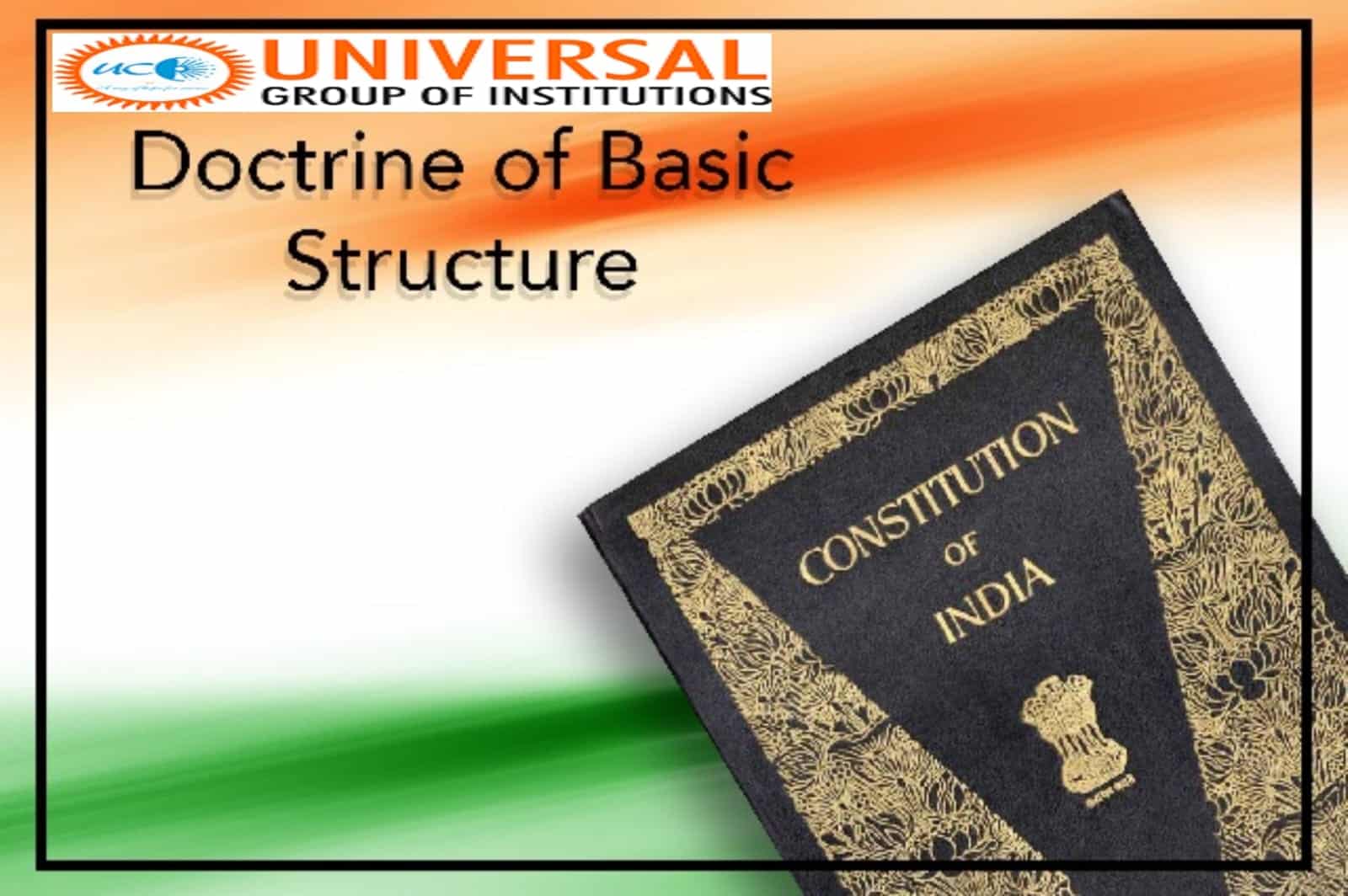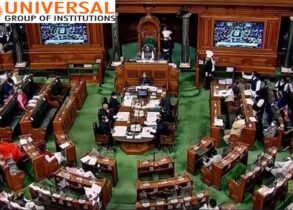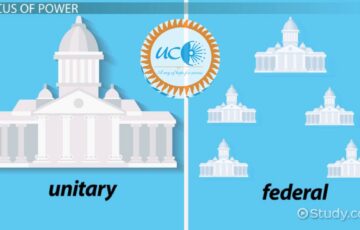“The basic structure doctrine is the most important contribution of the judiciary in maintaining the sanctity of the Indian constitution.” Comment.
The Basic Structure Doctrine was propounded by the Indian Judiciary on 24th April 1973 in Keshavananda Bharati case to put a limitation on the amending powers of the Parliament so that the ‘basic structure of the basic law of the land’ cannot be amended in exercise of its ‘constituent power’ under the Constitution.
Basic structure though is not exactly defined but through its contents which have been provided by the judicature clarifies a scope defining the frame or the structure of the constitution. Some of its constituents are Rule of law, Sovereignty, liberty and republic nature of Indian polity, judicial review, Separation of power, secularism, and Republic nature of India etc.
Importance
One thing that has had a long lasting effect on the evolution of the Indian Constitution is the theory of the basic structure of the Constitution. The Judiciary advanced this theory in the famous case of Kesavananda Bharati. This ruling has contributed to the evolution of the Constitution in the following ways:
- It has set specific limits to the Parliament’s power to amend the Constitution. It says that no amendment can violate the basic structure of the Constitution;
- It allows the Parliament to amend any and all parts of the Constitution (within this limitation); and
- It places the Judiciary as the final authority in deciding if an amendment violates basic structure and what constitutes the basic structure
In the S.R.Bommai Case, the Supreme Court included federalism as the part of basic structure of the Constitution, virtually putting an end to the ambiguous imposition of President’s rule in the States by the Centre.
In Indira Nehru Gandhi v. Raj Narain and Minerva Mills v. Union of India, Constitution Benches of the Supreme Court used the basic structure doctrine to strike down the 39th Amendment and parts of the 42nd Amendment respectively, and paved the way for restoration of Indian democracy.The Supreme Court’s position on constitutional amendments laid out in its judgment is that Parliament can amend the Constitution but cannot destroy its “basic structure”.
Criticism of Basic Structure doctrine
- The doctrine does not have a textual basis.
- The concept of the “basic structure of the Constitution” cannot be defined.
- The attempt by a constitutional court to review the substance of the constitutional amendments would be dangerous for a democratic system in which the amending power belongs to the people or its representatives, not to the judges.
Since 1973, the Court has, in many cases, elaborated upon this theory of basic structure and given instances of what constitutes the basic structure of the Constitution of India. The basic structure doctrine has further consolidated the balance between rigidity and flexibility. Even though the judiciary never gave a solid test to discover what basic structure is, it has acted as a brake to the legislative enthusiasm of Parliament, thereby preserving the original ideals envisioned by the constitution-makers and strengthening democracy.










